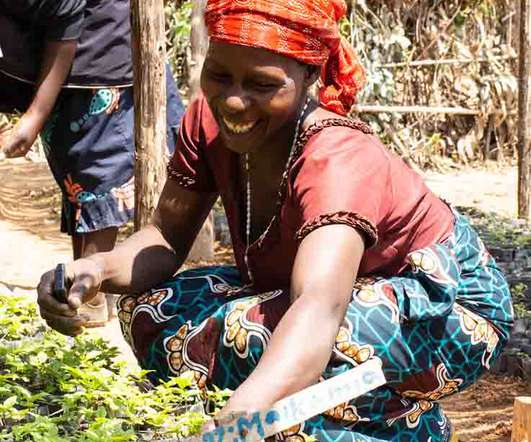Cultivating a Just Climate Philanthropy
Stanford Social Innovation Review
NOVEMBER 2, 2022
Most of them rely on rainfed agriculture, leaving them open to shocks like droughts and storms that can wipe out their crops and leave them without enough food to see their families through the year. The challenge is that carbon markets weren't designed to work for people in poverty. Astoundingly, only 1.7 Smallholder Agroforestry.













Let's personalize your content